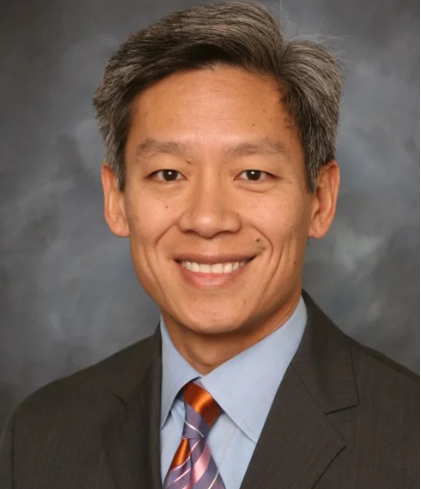When you are suffering from chronic neck pain, you are probably acutely aware of it most moments of your day. Whether you feel pain with every turn of your head or experience numbness and weakness radiating down your arm, there’s no doubt you would like to get back to feeling “normal” again.
A surgical procedure known as anterior cervical discectomy and fusion (ACDF) has brought relief to many people with chronic neck pain. Let’s take a closer look at what ACDF entails and help determine if it’s right for you.
Who’s a candidate for ACDF?
The top seven bones of your spine are known as your cervical vertebrae. In-between each set of vertebrae is a small, spongy disc that keeps the bones from rubbing against each other and helps you with movement. Sometimes these discs can herniate—or bulge—out of place, or wear down over time. When this happens, it can cause inflammation and place pressure on the spinal nerves in that area. This can lead to pain and stiffness in your neck or cause associated problems with your arm or hand. If you’ve had imaging tests that show your neck pain stems from a herniated or degenerative disc in your neck, ACDF may help.
But before suggesting surgery, your doctor will want to ensure that you’ve tried other, more conservative treatments. The majority of neck pain can be resolved with treatments such as rest, anti-inflammatories, and physical therapy. ACDF should only be considered if these other measures fail to bring you relief.
How is ACDF performed?
Should you and your doctor decide on ACDF, you’ll be placed under anesthesia, and your spine surgeon will make a small incision in the front of your neck. Muscles or tissues in the area will be moved, allowing the surgeon access to your vertebrae.
Using special X-ray guidance, your surgeon will locate and remove the damaged disc (or discs). Any bone spurs or material that has leaked from the disc will be cleared away. The surgeon will make sure there is adequate space between the vertebrae and relieve pressure on the spinal nerves.
The open disc space will then be prepared for a graft to fill the space. The graft can come from bone cells harvested from your own hip, from a donor bone, or from a man-made product. The graft is inserted into the opening and may be secured with a plate and screws to ensure stability.
X-rays will be taken to confirm the graft is in the appropriate place. Once confirmed, the incision can be closed.
After surgery, as your body starts to heal, the graft allows the vertebrae above and below it to fuse together, essentially becoming one bone. Ultimately, by removing the damaged disc and decompressing the spinal nerves, you should experience improvement in your uncomfortable symptoms.
What is recovery from ACDF like?
Immediately after the surgery, you may feel some pain near the incision on your neck or from your hip if you had bone grafted from that area. You’ll be given pain relievers to help with this. You may also experience a sore throat or some voice hoarseness. In many cases, you’ll be able to go home the same day of the surgery.
Recovery usually takes four to six weeks. You may be required to wear a neck brace for some time, and you’ll have certain restrictions on what you can do since it can take up to a year for the vertebrae to fully fuse. Your doctor will advise you on when you can resume normal activities and may prescribe physical therapy once you’re healed.
What are the risks of ACDF?
ACDF is generally considered a safe procedure, but as with any surgery, there are potential risks and complications. These include:
- Bleeding
- Infection
- Damage to nerves or blood vessels during the procedure
- Reaction to anesthesia
Who should perform your ACDF?
Finding a reputable neurological or orthopedic spine surgeon can help you minimize your risks and maximize your outcome. Look for a surgeon who:
- Performs minimally invasive spine surgery – Using small incisions and specialized equipment causes less trauma to surrounding tissues. This results in fewer infections, decreased pain, less bleeding, and quicker recovery.
- Is board-certified – This demonstrates that your surgeon has a superior level of expertise and experience in the field.
- Can demonstrate high patient satisfaction – Happy patients have successful surgeries, strong pre- and post-operative support, and low incidence of complications, such as infections. You want a surgeon who provides all of these things.
Most people are very pleased with the results of their ACDF procedure, but there are other surgical options as well, such as artificial disc replacement. Scheduling a consultation with your prospective spine surgeon can answer any questions you may have and help guide your decision.


About the author
Richard Kim, M.D. Born and raised in Southern California, Dr. Richard Kim earned his undergraduate degree in biochemistry from University of California, Riverside. This followed with a Master of Science in biochemistry and neurophysiology. He then earned his medical degree from St. Louis University School of Medicine in Missouri, graduating Magna Cum Laude. Read more articles by Richard Kim, M.D..





